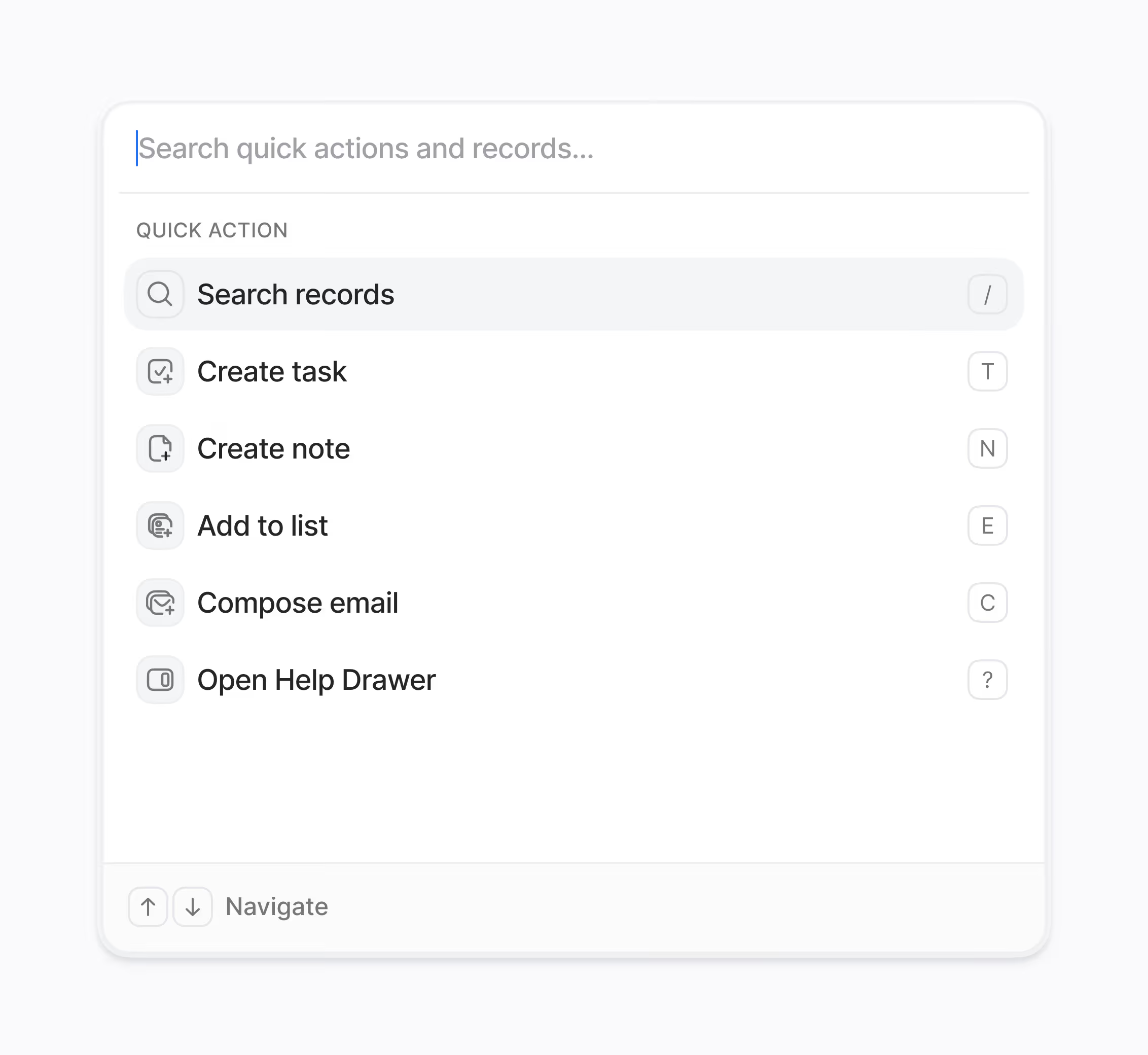What is Outlook Integration and who benefits most from it?
The Outlook Integration is a powerful feature that brings the functionality of the Hoop CRM directly into your Microsoft Outlook inbox and calendar. This transforms Outlook into a sales and communication powerhouse, allowing your team to work faster without switching applications.
This feature is designed for sales professionals, account managers, and customer service teams who spend a significant amount of time communicating via email. It ensures that every interaction is automatically logged, and contact context is immediately available when you need it most. By centralizing workflows, it helps align sales records with communication activities.
Key benefits include:
- Saving time by avoiding app switching.
- Ensuring accurate and current contact timelines.
- Improving follow-up effectiveness with engagement tracking.
How does Outlook Integration streamline my email and meeting workflows?
The integration streamlines your workflows by syncing email threads and calendar events automatically with your CRM. As you compose emails, you can personalize messages using live CRM data and utilize templates and snippets to increase speed. You can also turn any email into an immediate task, deal, or ticket with a single click, ensuring nothing slips through the cracks.
For scheduling, it allows you to share booking links that automatically respect your availability, including buffers, time zones, and calendar conflicts. It provides two-way calendar sync, meaning events created or updated in Outlook are mirrored in Hoop and vice-versa, maintaining accurate availability for meeting booking.
What are the steps to install and set up the Hoop Outlook add-in?
Installation is straightforward and typically takes just a few minutes. You simply need to add the Outlook add-in, available through the Microsoft store or your Hoop settings, and then connect your account. Once connected, a CRM sidebar will appear within your Outlook interface.
The setup process involves connecting your Microsoft account to the Hoop platform, which establishes the two-way sync for emails and calendars. Once installed, you will immediately gain access to features like contact preview, email tracking, and quick actions directly inside Outlook, significantly reducing your time to value.
Which Hoop pricing plans include access to the Outlook Integration feature?
The Outlook Integration is available across the majority of Hoop's service tiers. Based on common configurations, this feature is included in the core, pro, and enterprise pricing plans.
Each plan offers comprehensive integration capabilities, but higher tiers may provide access to more advanced features within the CRM that complement the integration, such as enhanced analytics or more sophisticated automation workflows. For shared mailboxes and team-wide logging, specific configurations supported in the higher plans ensure seamless collaboration across your entire team.
Does the integration support shared team mailboxes and two-way calendar sync?
Yes, the Outlook Integration supports shared mailboxes. Supported configurations ensure that team addresses can effectively log and track emails, keeping shared records clean and up-to-date for collaborative sales efforts.
Furthermore, calendar sync is fully two-way. This means that if you create or update an event in Outlook, it instantly updates in Hoop, and any changes in Hoop are reflected in your Outlook calendar. This comprehensive sync prevents overlaps and ensures that booking links always show the most accurate availability, respecting calendars, buffers, and time zones.
How does Hoop ensure security and data privacy during the Outlook sync?
Hoop prioritizes data security and privacy by utilizing standard, encrypted authentication protocols to connect the add-in to your Outlook account. Data transfer during the sync—such as email logging and meeting updates—is secured to ensure confidentiality and integrity.
Hoop maintains a clear policy on data handling, ensuring that your communication data is used only to power the CRM features, like:
- Tracking engagement signals like opens and clicks.
- Maintaining current contact timelines.
- Providing contact context in the sidebar.
Your data remains private, and the integration only accesses what is necessary to enhance your CRM experience directly within Outlook.



.avif)





